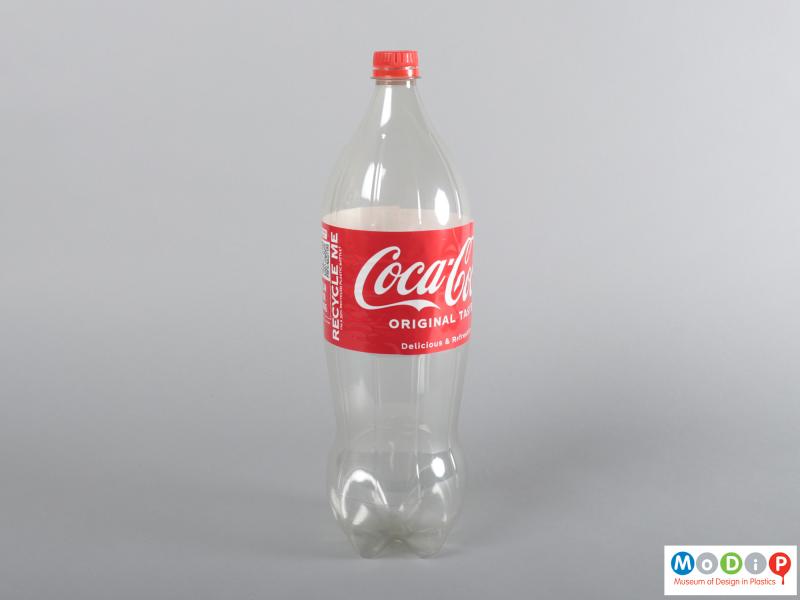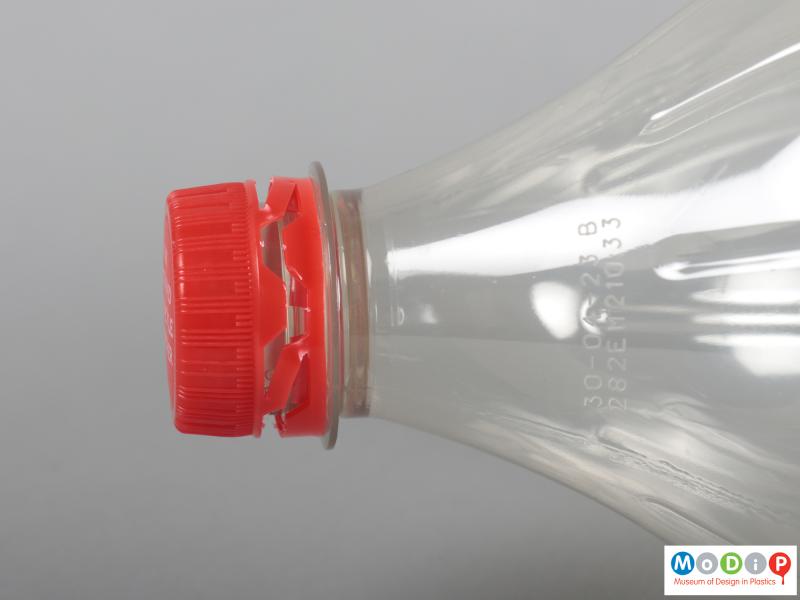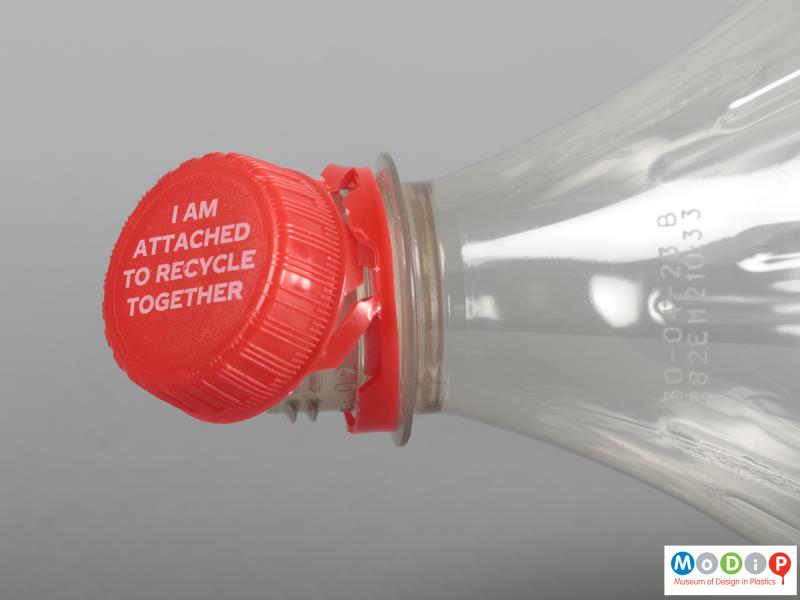
Our current exhibition, Reuse, has been inspired by legislation which has changed the way products are designed and materials are used. For example, in 2019, the European Union published a directive that aimed to promote circular approaches to manufacturing giving priority to sustainable and non-toxic reusable products and re-use systems over single-use alternatives. The planned outcome of this directive is to first and foremost reduce the quantity of waste generated. For similar reasons, in 2022, the UK Government introduced a tax on plastics packaging, and in the same year the United Nations adopted a resolution to end plastic pollution. Such treaties, agreements, and laws are created in recognition that waste mismanagement and plastics pollution have a detrimental effect on our environment and ecological future.
The objects on display within this exhibition demonstrate ways in which the reuse of raw materials, as well as products, help to reduce our reliance on single-use plastics. They also show how products can be created to support recycling at the end of their useful life, and the variety of ways a single recycling resource can be used. In this blog post, I want focus on one design change which has come about due an EU directive.
One of the statements in the 2019 EU Directive on the reduction of the impact of certain plastic products on the environment aims to ensure that by 2024 all single-use bottles of up to 3 litres have caps and lids that remain attached to the containers during the products intended use stage. Coca-Cola have already started to use bottles which utilise the special qualities of polypropylene (PP) to create an integral, living hinge, to help the lid remain tethered to the bottle.

A close view of the tethered cap on a Coca-Cola bottle AIBDC : 009528.1

A close view of the tethered cap on a Coca-Cola bottle AIBDC : 009528.1
It can make it difficult to drink straight out of the bottle, with large bottles like this one this is likely to be less of a problem. However, it may have a bearing on the safety of drinks bottles at football matches, as I described in a previous blog post https://www.modip.ac.uk/blog/2022/07/football, is there a possibility that the lids will still get torn from the bottles by vendors for such reasons I wonder.
Louise Dennis, Curator of MoDiP
